|
These past 5 weeks have flown by so quickly! I went from accidentally stressing all my flies to being able to run the social space assay in an hour with no mishaps. I chose to investigate whether taking probiotics can impact sociability after reading a study that found a link between how social individuals were and the diversity of their gut microbiome. While analyzing the data I collected quickly became part of my weekend routine, I looked forward to coming into the lab and being able to talk about what I was finding and why my results may have looked the way they did. When I started TRIP I was mostly nervous about one thing, the independent project. How was I, someone who couldn’t decide what to eat for dinner, supposed to decide what I wanted to spend 3 weeks researching and eventually present? Being able to talk to my peers, Dr. Leystra, and the TAs about things I was considering or topics I was interested in was the biggest help in deciding what I wanted to do for my independent project. I eventually realized that I was so afraid of failing at whatever I decided to do, I refused to make any decisions, and when I got over that fear was when I started to have the most fun. I’ve come to really cherish the time I’ve spent with everyone in TRIP, from making last minute presentations for proposals to struggling to transfer flies from one vial to another to accidentally letting agar boil over because we forgot to watch it. TRIP isn’t just valuable to me because of the research I was able to conduct, it’s valuable to me because I learned how to adapt, communicate, work with others, and deal with setbacks. Although I must say that I will never voluntarily analyze social space assay data again, every moment and person I met throughout this experience has helped in changing me for the better.
0 Comments
It always amazes me how quickly time can go by when you are working on something you love with amazing people. It feels as if I had just come up with my research question a few days ago. Nonetheless, it is truly inspiring how much everyone in the program has accomplished in the past weeks. For those who do not know, my research project sought to determine the effects of Kratom on larval fruit fly brain size. Using a control group and 3 increasing doses, I allowed flies to produce 3rd instar larvae for a week. I then cleaned these larvae and placed them under a microscope for dissection. Although I was skeptical about completing all the dissections in one session at first, I was much more confident after a few days of practice. By the time we started our independent projects, I could dissect three brains for each of the four conditions! As we quickly approach the final symposium, I am filled with both nerves and excitement. Although I have given presentations in the past, there is always some kind of nervousness associated with speaking to large groups. However, the excitement I feel to hear my peers work trumps almost all nerves. I cannot help having a melancholy mood toward the symposium as well. TRIP has blown all of my expectations away. I am truly grateful to have been able to partake in this program before I leave for college. Everyone I worked with this summer, peers, TA’s, and administrators, are extremely inspiring. I am sure that I would not have gotten this far without each and every one of them. Thank you TRIP and everyone involved for an experience that will stay with me for the rest of my career. The last few days in the lab were great. I knew exactly what I needed to do each day and was able to perform my tasks with the utmost efficiency. Over these past few weeks, it has been interesting (and difficult!) to observe and analyze the data I have collected and come up with explanations about the trends I see. I tweaked my experimental question since the last blog to be focused on the effects of non-GMO and GMO cornstarch on fruit fly’s activity levels and development. Repeatedly, through four trials I observed that the GMO flies’ activity levels were extremely lower than my control flies, and even the non-GMO flies. These results surprised me, as my hypothesis had been that both the GMO and non-GMO flies would have around the same activity levels by the end of my data collection.
While parts of my project proved difficult or frustrating, I overall enjoyed almost every aspect of it. I’m so glad I found a topic that was interesting to me, and worked to discover a way to expand it into a full blown lab experiment, with real results. I’m proud of myself for seeing my project through to the end and appreciating every step it took to complete it. I am tremendously grateful to have had a taste of the professional world of research and I’m looking forward to seeing how the skills I learned benefit me in my future endeavors. I’m proud of myself for seeing my project through to the end and appreciating every step it took to complete it. Hi! It’s Tina here again. As TRIP is crossing its halfway point, we are finally starting to conduct our individual research project! Since I was accepted into the program, I was super excited about creating my own project from scratch, and now, being able to write up my own plans, goals, directions, etc., it truly made me feel like a scientist at work.
Since there are many authorized articles that proved both the effectiveness of antibiotics and yogurt on intestinal inflammation, I established my research around two main points: the effectiveness of antibiotics and yogurt when they are both used together, and their effect on fly anxiety to determine these diets’ effects on mood. Combining these two points together, I established my research question as “How do antibiotics and yogurt affect levels of anxiety in flies with intestinal inflammation”. Through exploring this topic, I hope that my results can break myths and help others eliminate ineffective use of antibiotics and probiotics in daily life. How do antibiotics and yogurt affect levels of anxiety in flies with intestinal inflammation?"
Over the first few weeks of TRIP, I made many new friends. I always look forward to the 4 hours with my TRIP friends (and also the lovely fruit flies)! Everyone gives me such valuable ideas and suggestions that I cannot easily get in school or daily life. Finally, thank YOU for reading my blog and being a part of my experience; stay tuned for a last update on the results of my study and final reflections!
I severely underestimated the amount of math mistakes a single person could make in three weeks. As confident as I am in the lab, I struggled a lot creating dilutions and drug stocks, confusing what number is Volume 1 and Volume 2 when doing dilution problems. Thankfully, my TRIP-mates have gracefully helped me essentially relearn how to do math. Outside of my obvious disdain for math, I have had so much fun in the lab. On Day 2 of being in the lab, we learned how to sort files using a CO2 pad and a paintbrush. It was so stressful trying to ensure I was not going over 15 minutes with the flies on the pad, trying to differentiate between male and female flies, and trying to not accidentally kill the flies with my paintbrush. After a few trips to the CO2 tank, I managed to decrease my time per vial by roughly 8 minutes which is amazing for someone like me who gets distracted somewhat easily. 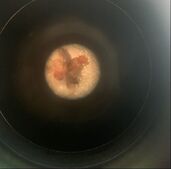 After learning how to sort flies, me and Nadia completed the female fertility assay alongside each other. We were naturals at transferring files from vial to vial without having to knock them out using CO2 or ice. Just the fact that we didn't release 50 flies at once trying to complete the assay is a success in my book. We used grape plates and yeast to entice the flies into laying embryos. We then used the microscopes to count how many embryos were laid and eventually hatched. A few flies actually got stuck to my grape plates and the images of my stuck flies were promptly posted on my Instagram story as soon as I was able to get a picture of them through the microscope. Doing the female fertility assay was fun, but I knew early on that was not the direction I was planning on taking for my independent project. I have decided I want to focus on the effect varying water quality has on the gut microbiome. I have been to five different schools since starting kindergarten, 3 in the School District of Philadelphia and 2 outside of it, and I have seen the large disparities in facilities and food quality between the districts. Given how I can actually taste a difference in the water from these schools, I began to wonder what affects the quality of water has on overall health, especially stomach and gut health. At first, I was debating between studying larval memory and the gut microbiome but I decided on gut microbiome because the assay is extremely fun and I am more interested in bacteria then neuroscience and memory. I am excited to get started on my independent project and to do my first microbiome assay!
Hello again, it’s me Diego Asencio from TRIP back again with another blog. We are entering our third week of TRIP here at Temple University, and it has been some of the most enjoyable days of the week for me in the lab. In the last blog, I barely had an idea about what I wanted my individual project to be about, I was just worrying about the homework that I had yet to do. But I recently began the individual project after many hours of brainstorming and preparation. Eosinophilic Esophagitis is a condition that I was diagnosed with a few years back. I had a hard time eating certain foods, felt nauseous, and felt like I had a pseudo-heartburn. Over the course of my diagnosis, I learned many new ideas about the body and especially the medicine that I take to help me not feel like my chest is on fire, Omeprazole. A proton pump inhibitor, Omeprazole, inhibits my stomach from creating acid, which reduces the pain that I feel. I feel amazing on the drug, but there hasn’t been any long term studies on omeprazole itself, other than a study about proton-pump inhibitors that say there is a chance that the medicine decreases bone density over time, and as athlete that it was one of the last things I want to happen to my body. So, I chose to study how Omeprazole affects fly larvae throughout their life, and also to see if an increase in dosage has any change to the flies' health as well. Enough about the science, going to TRIP is something that I look forward to every week! Being independent is something that I have always enjoyed growing up, but now I am truly experiencing how to be an independent person. I drive myself to the train station where I hope I get off at the right stop, I get my own lunch, find my way home, all without any help from anybody. I really can’t describe what a pleasure it is to get out of the little suburbia that I live in and come to the city to experience more than what is around my street corner.
Hey guys! It has been a minute.. Well more like a few WEEKS! We are currently in Week 3 of the TRIP Initiative and We have now begun our independent projects. Prior to beginning our independent projects, we completed our introductory experiments. I was assigned the social space assay and my drug was Vitamin D3 while my stressor was Intestinal Inflammation. Over the course of the week, I examined the effect of intestinal inflammation solely, Vitamin D3 solely, and then both the drug and the stressor to investigate the impact of these conditions on the ability to socialize/ interact within a measured period of time. It was very intriguing and cool to take on this assay. Contrary to others, I rather enjoyed analyzing my raw data into numbers, although it was tedious in the beginning, I found myself enjoying the repetition in collecting the data, organizing, and computing it into a visual representation. Now, back to my independent project. When deciding what I wanted to study, I considered some options all having to do with the skin, as dermatology is something I would love to specialize in or explore in my future endeavors. Anyhow, I narrowed down my options to my final topic of Eczema. The Reality of Eczema can be very exhausting both physically and psychologically, motivating me to study the impact of eczema medication (Cephalexin and Prednisone) on the stress and anxiety in humans (or what I’m actually testing it on which is flies :) As a prior Eczema Victim (as I like to call it), it was necessary to use multiple medications to harbor the pain or discomfort on a day-to-day basis, whether it was topical or digestible. Luckily, I had less severe eczema, therefore my medications were very mild and I was on them for a short period of time. However, for many others this is not the case, when consuming these medications, the ultimate goal is to stop or prevent more eczema inflammation, therefore important side effects like stress or anxiety are often overlooked. On these medications, individuals often experience nausea or headaches, hunger or lack of appetite, all leading to bodily stress and anxiety. On the surface level this may not be a concern to many however it can influence an individual's day to the fullest extent. Thanks to Dr. Leystra, Dr. Purdy, and the many other coordinates involved in this program, I have been fortunate enough to bring my proposition to life. Over this past week, I have sorted and created my eczema drug stocks to prep for my open field assay in the upcoming weeks. I have also learned many important tips on drug calculations which I will use in future experiments. I can't wait to see how this project goes and most importantly, I can't wait to update you GUYS!!
Oh, you’re here again! We’re in our 3rd week of TRIP now, halfway through, which means it’s time for us to begin our independent research projects. Exciting, right? I’d celebrate this step with ice cream, except that I’m allergic to dairy. That’s actually what inspired my project. Food allergies like my dairy allergy are currently being researched for treatment with fecal transplants-- replenishing a patient’s gut microbiota with a donor’s stool. Clinical trials with the transplants are also ongoing for a variety of other conditions, including inflammatory bowel disease. Knowing it would be more feasible to simulate IBD than a food allergy, I asked my question. Are fecal transplants a more effective treatment for IBD than traditional steroids? I must admit that I had no idea where to begin at first, but the pieces have been coming together. The skills I’ve learned in the past few weeks have proved invaluable. After working with Dr. Leystra and my new friends here, doing more math than you’d expect in a fly experiment, and measuring a LOT of fly food, I’m confident in the direction my project is going. Pretty soon, I’ll have real data to report, and I’ll be able to see for myself what possibilities fecal transplants hold. I’m exploring an area of science that is still largely unknown, and it absolutely fascinates me. This is a project I’m invested in, and I’m surrounded by smart people that make the whole time more enjoyable. I’m excited for the weeks to come, I’ll see you in the next blog!
Hello again! 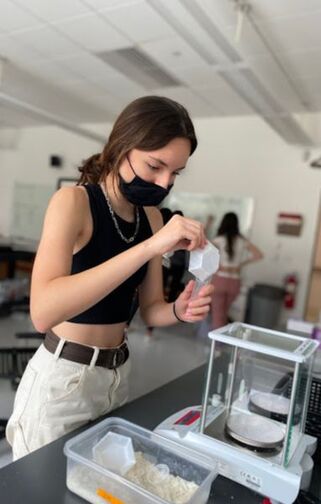 Since my last blog, we’ve gotten so many more hands-on experiences at TRIP! Our introductory experiment helped me gain some much needed confidence in the lab, but this increase in confidence did not necessarily come easily. My assigned experiment was testing the effects of Black Cohosh, a drug used in humans to alleviate symptoms of menopause, and constant darkness, my stressor, on female fruit fly fertility. I ended up making a huge mistake by accidentally putting all four of my vials under stress. When I realized what I had done, I felt like an absolute idiot. Dr. Leystra and Dr. Purdy assured me that mistakes happen in the lab, which lowered some of the intense stress and guilt I felt, and I learned how to recover from setbacks in an efficient, positive, and productive manner. I also became more familiar with micropipetting, making agar plates, and making fly food. It felt really good to finally be able to do in person lab procedures after a year of online labs. Besides lab skills and life lessons, I also gained many friends! All my peers have been welcoming and kind, and we have created a positive environment that encourages teamwork! I learned how to recover from setbacks in an efficient, positive, and productive manner. " For my independent project, I was inspired by the desperate measures I’ve seen schools take in order to stop teens from vaping. While Covid is the most famous virus right now, vaping truly is like an illness that has spread across our generation (which was supposed to have ended nicotine addictions by stopping cigarette use). There are already many studies on nicotine and most people generally know that it can have harmful effects, but the flavors of vape (which make vape so appealing to teens) have very little research done on them and are not FDA approved. I wanted to test the effects of different vape flavors on memory, since teens are still developing and may not know if flavorings have an impact on their academics. I plan to use the larval memory assay, since larvae, like teenagers, are still developing. I hope that my findings will be helpful and informative, and I’m eager to continue working on my project! See you guys soon!
As we start day 6, I can’t believe TRIP is already halfway over. We collected our last set of developmental data today to wrap up our introductory experiment. In this experiment I was looking at whether a supplement of vitamin E can help mitigate concussion’s effect on overall health. To measure health, I performed the negative geotaxis assay. This works by measuring how many adult flies climb from the bottom of the vial fast versus slow. We assume that flies that climb fast are healthy, and ones that climb slower than average are sick or impared. I also counted how many flies reached the halfway point of their life cycle to measure reproductive success. This Tuesday, we started our independent projects. In mine I’m looking at the effects of Xylitol on overall health. To measure this I’m using the larval locomotion assay. This one is similar to the negative geotaxis assay in adults: we just measure how far the larvae move. We make the same assumption that fast ones are healthy and slow ones are unhealthy. I am also working on writing an AI program to analyze this data automatically. Ironically this will probably take more time than doing it manually. I will also look at Xylitol’s effect on development. Xylitol is an artificial sweetener commonly used in chewing gum because of its positive effects on oral health. My sister also likes to chew it. After looking into the other effects of xylitol, I discovered there is evidence of a negative impact on the gut biome, but it has less of an effect on blood sugar than regular table sugar. I wondered if the positive and negative effects would cancel out, or if one carries more weight.
|
Archives
April 2024
Categories
All
|
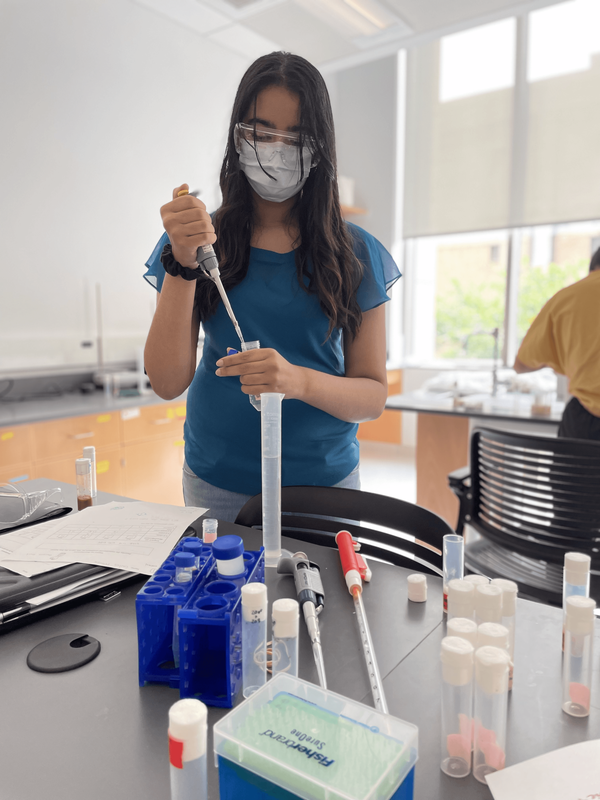
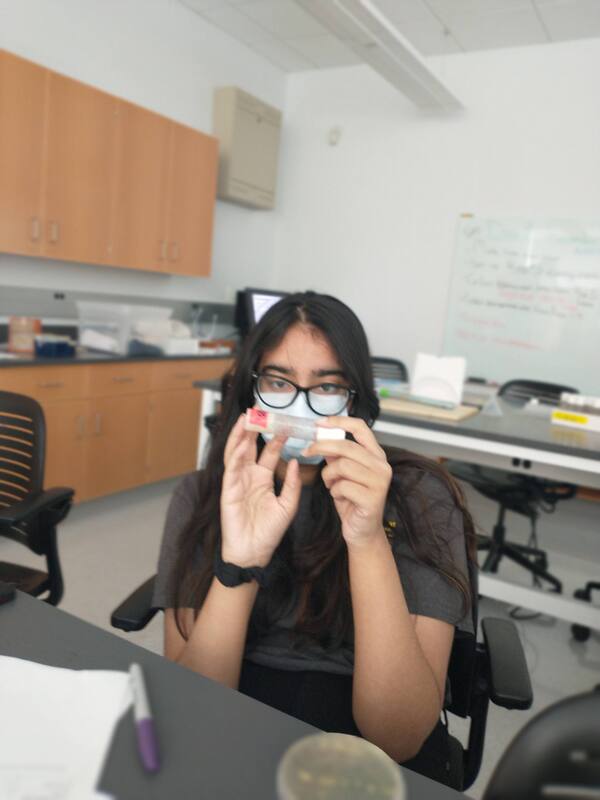
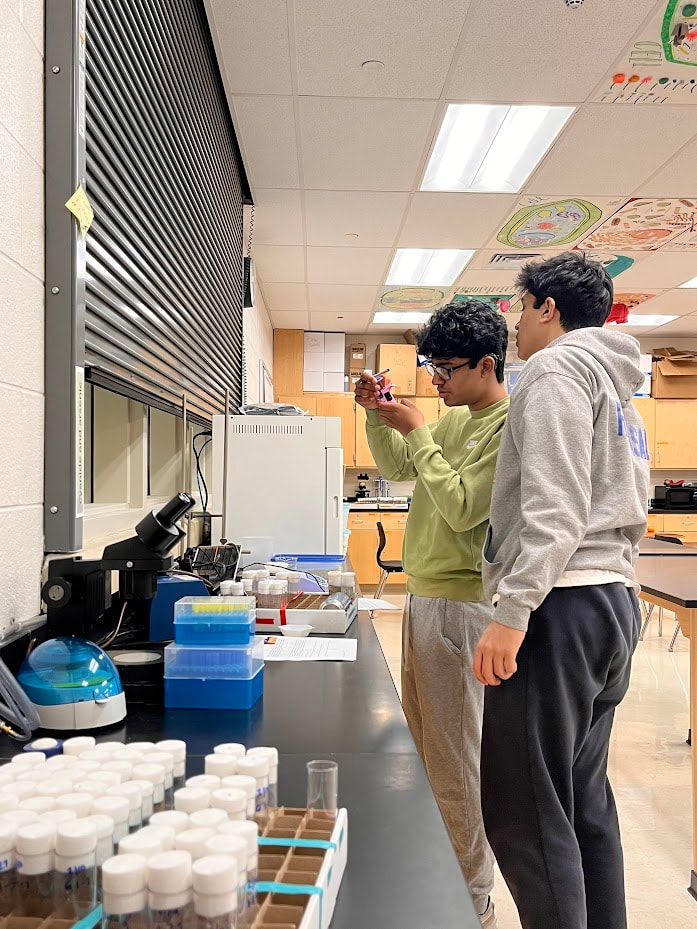
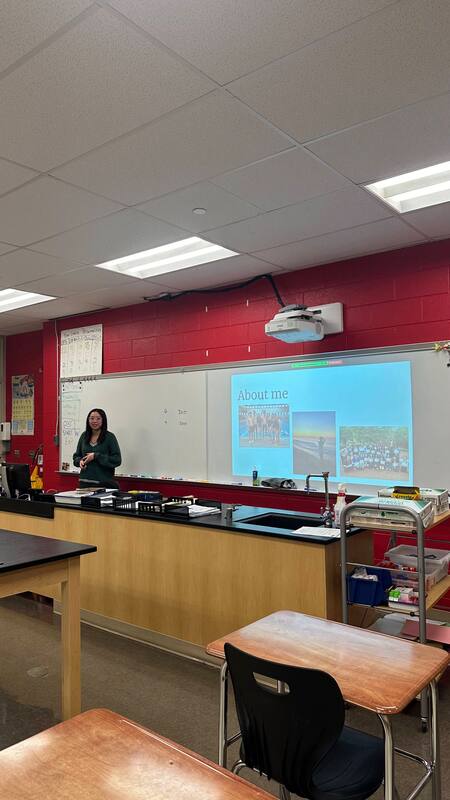
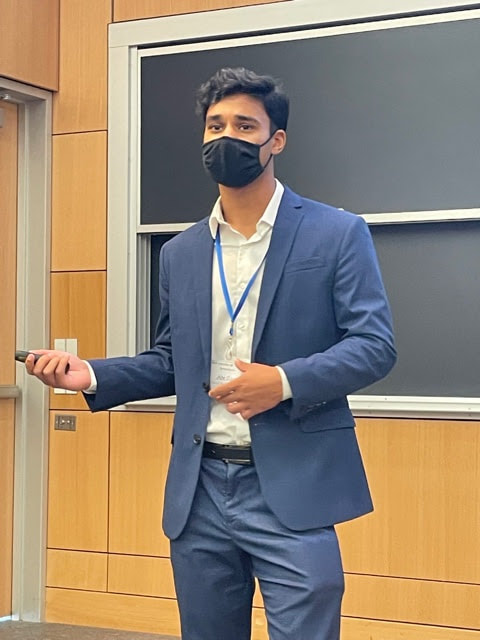
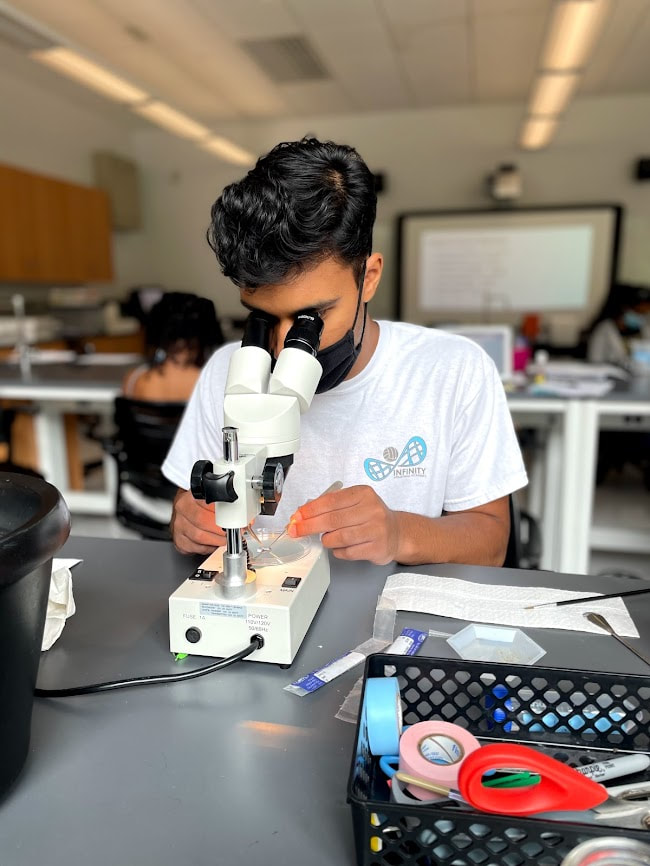
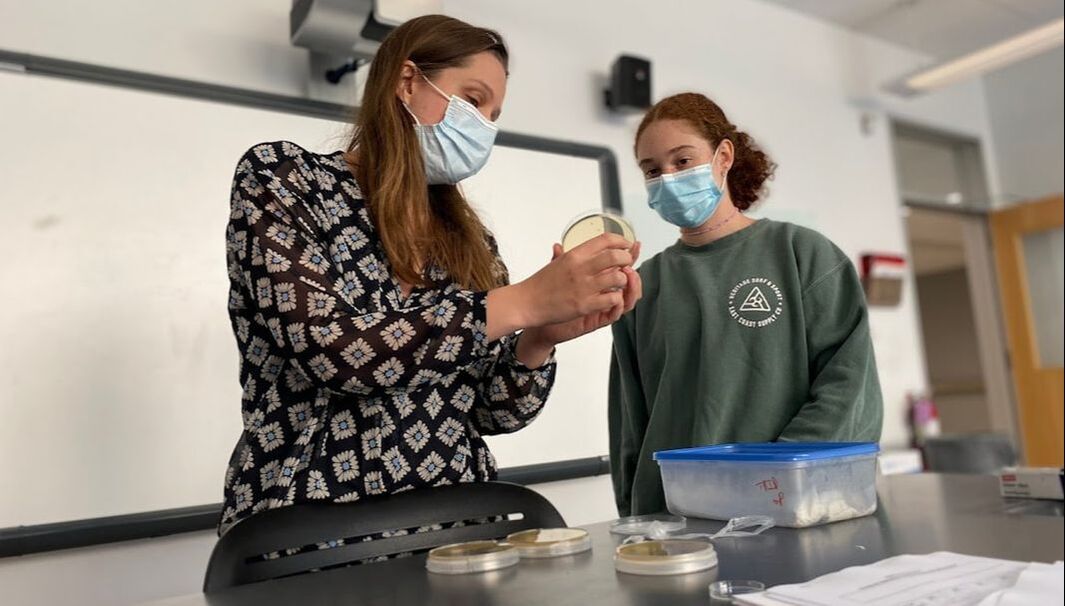
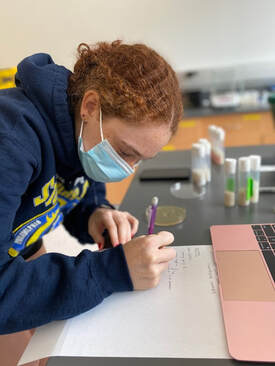
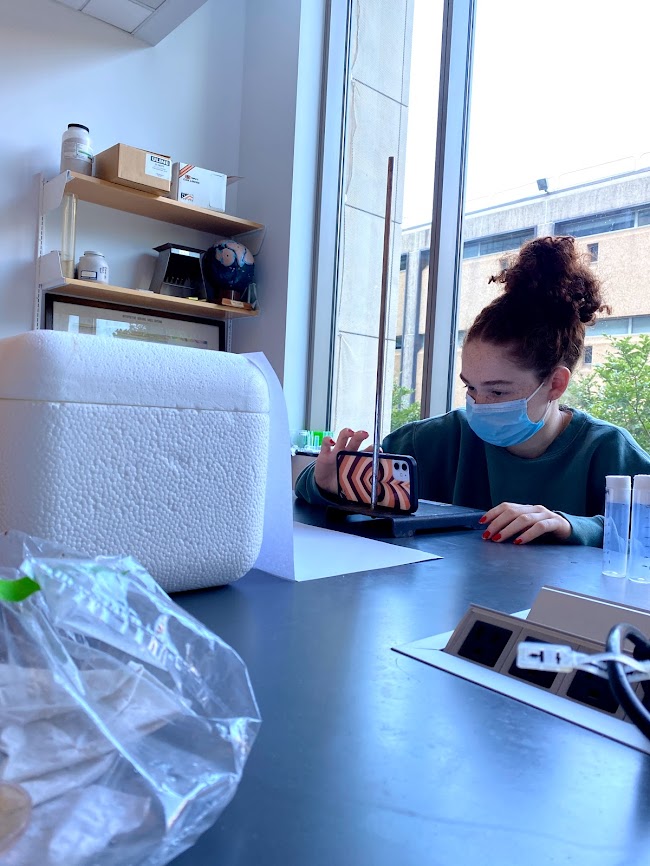
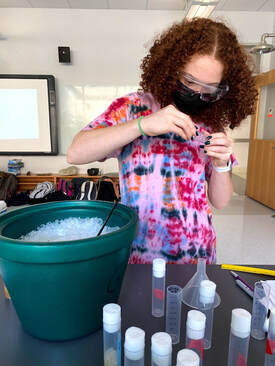
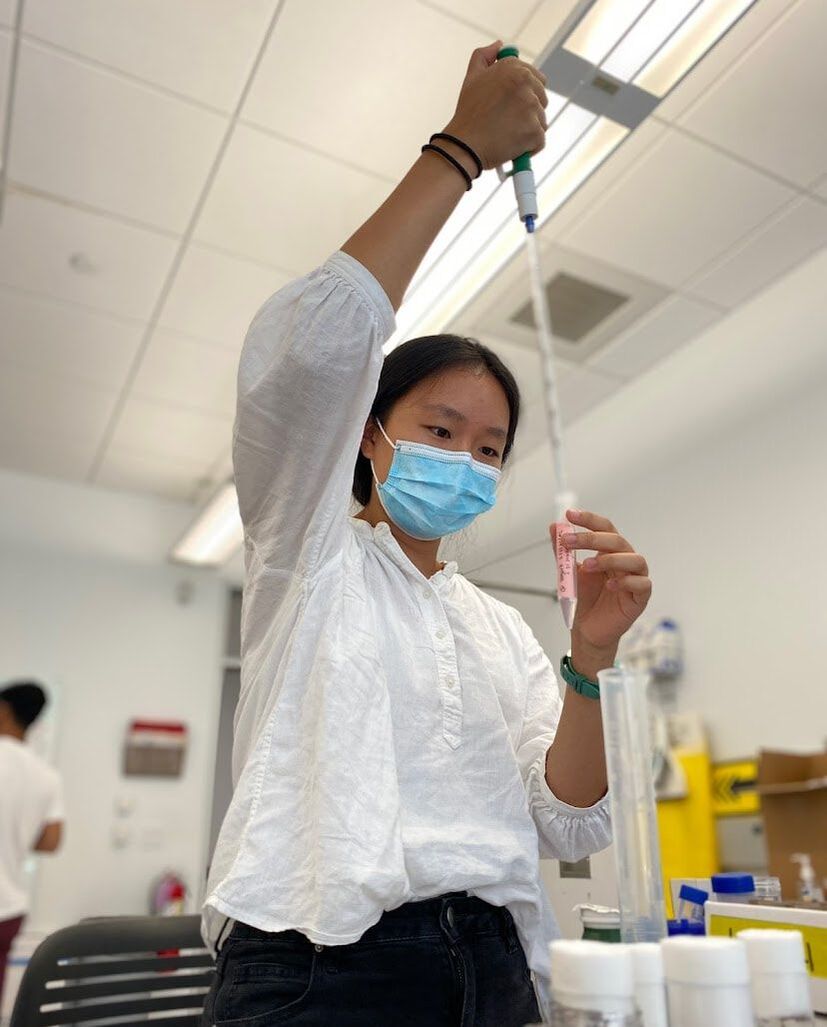
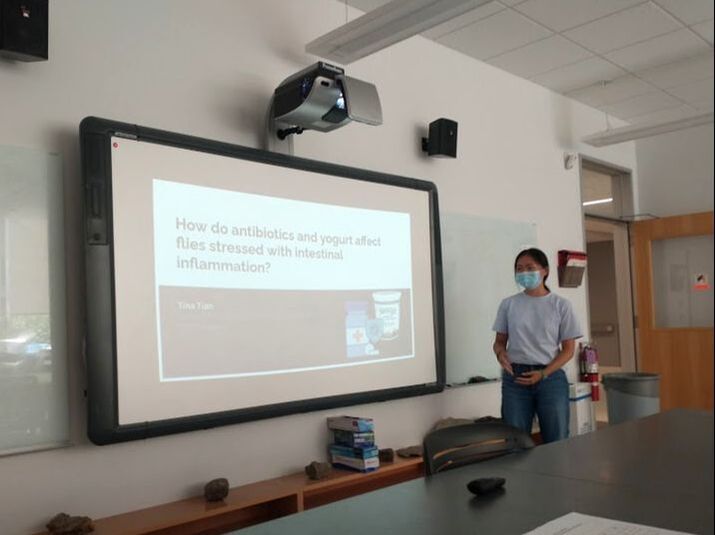
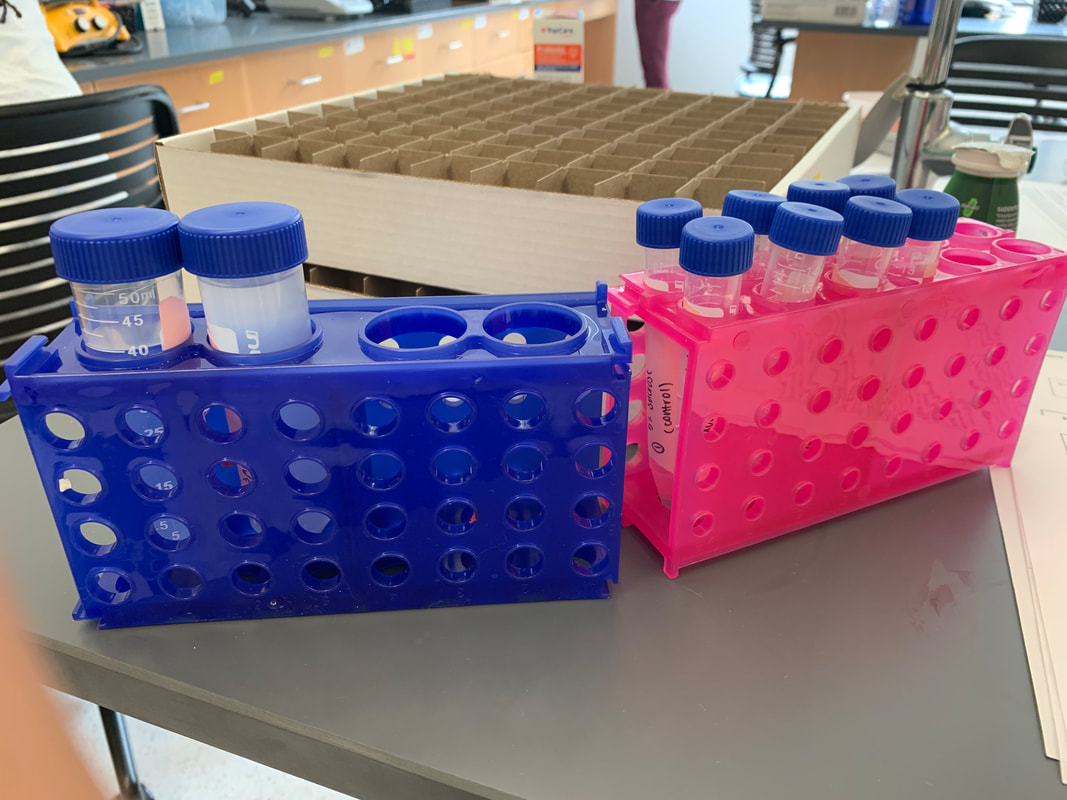
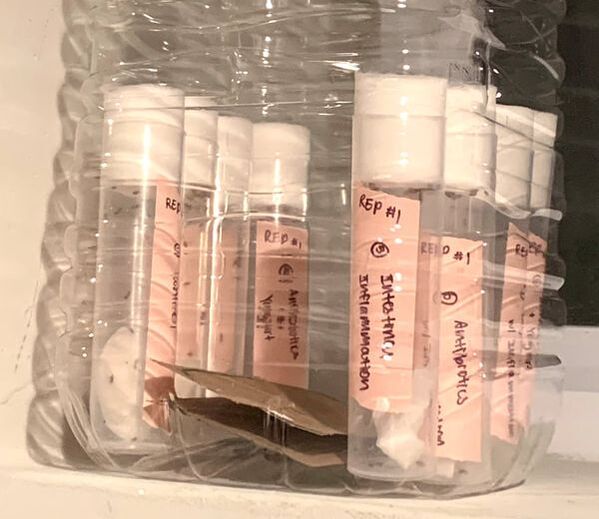
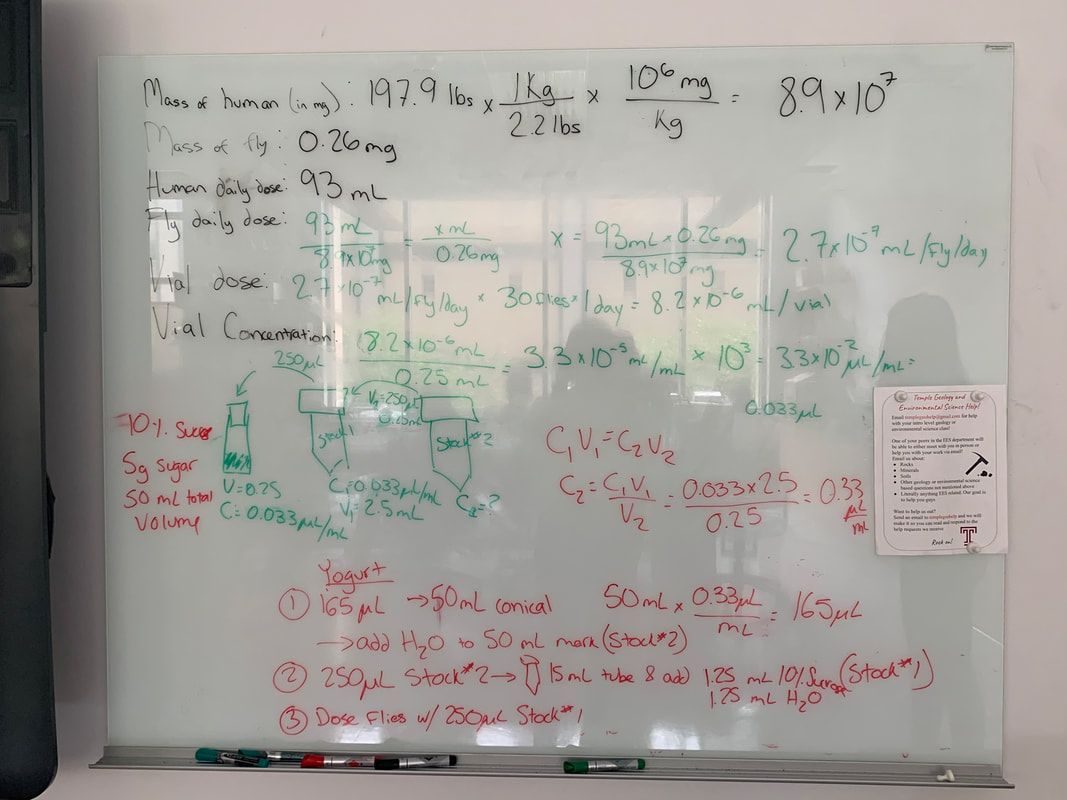
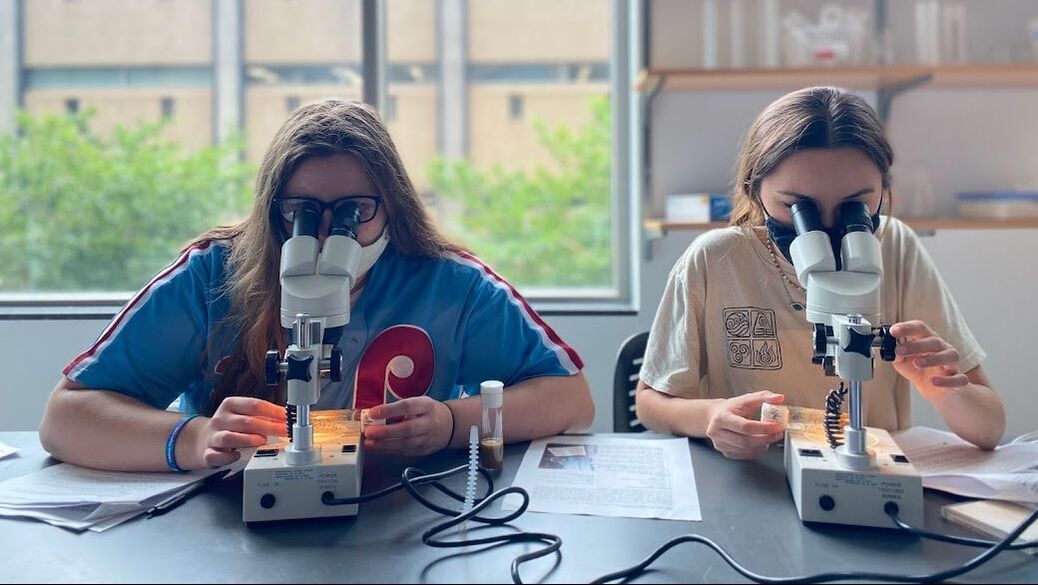
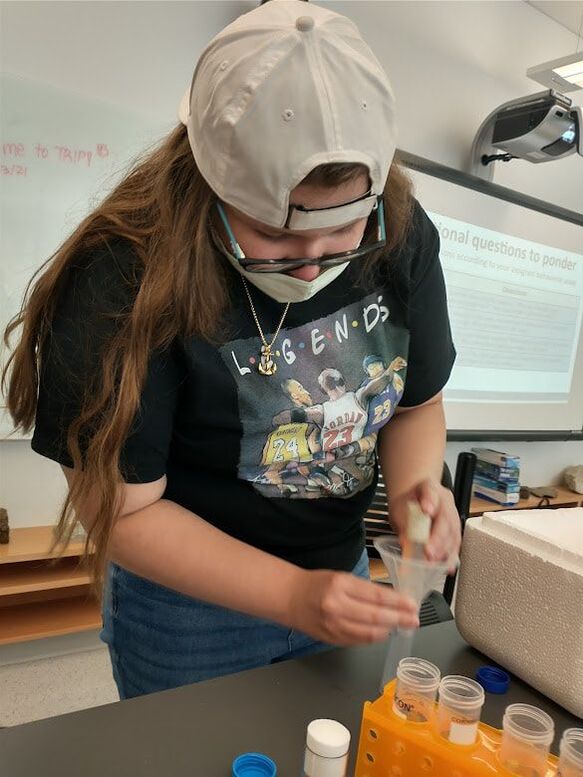
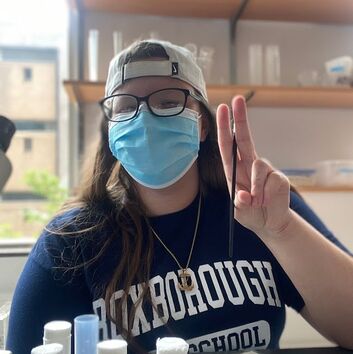
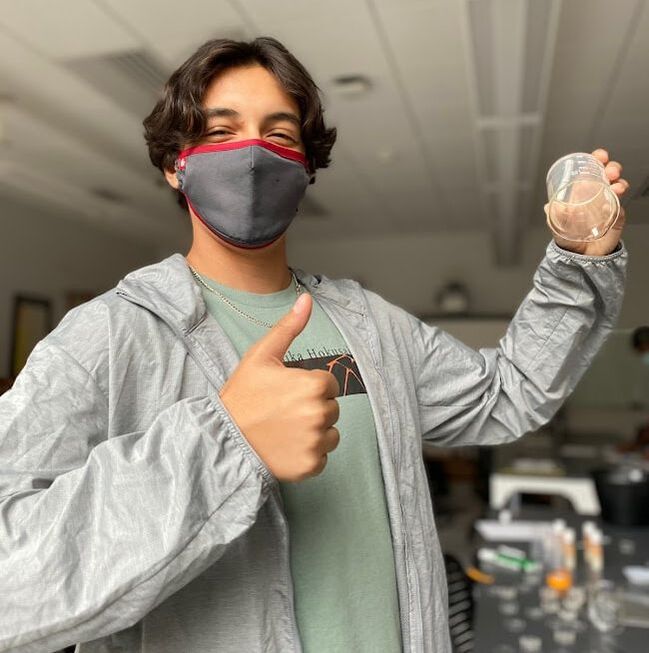
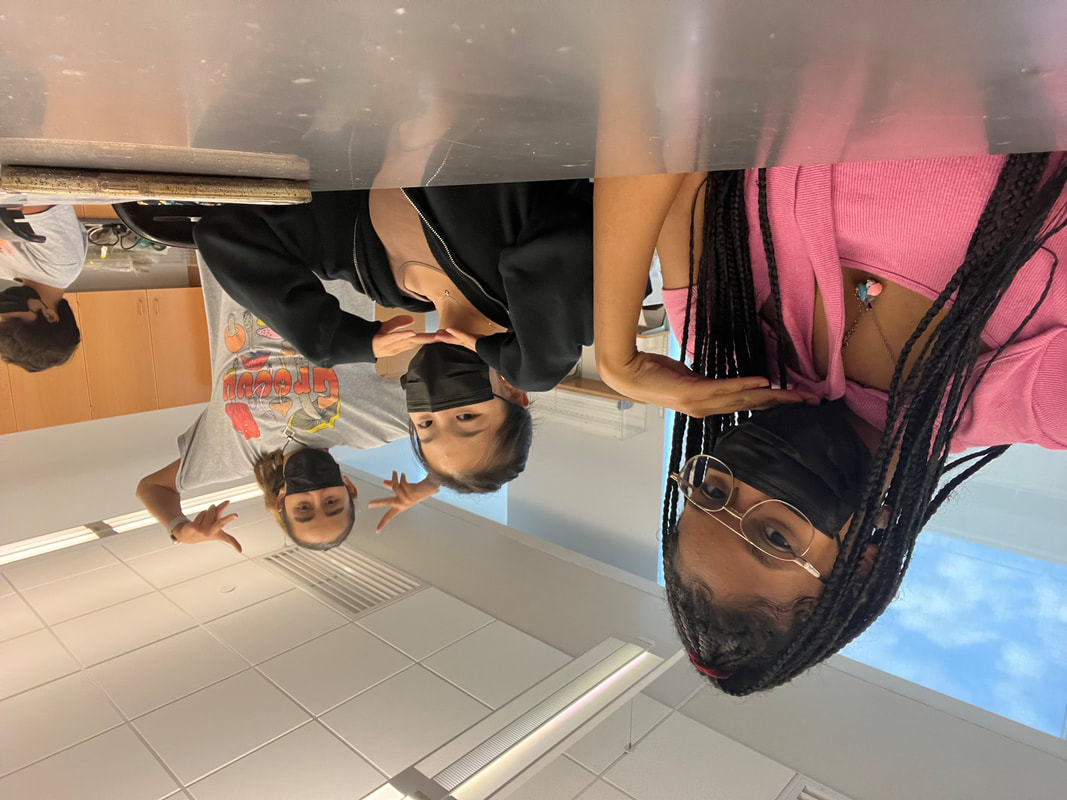
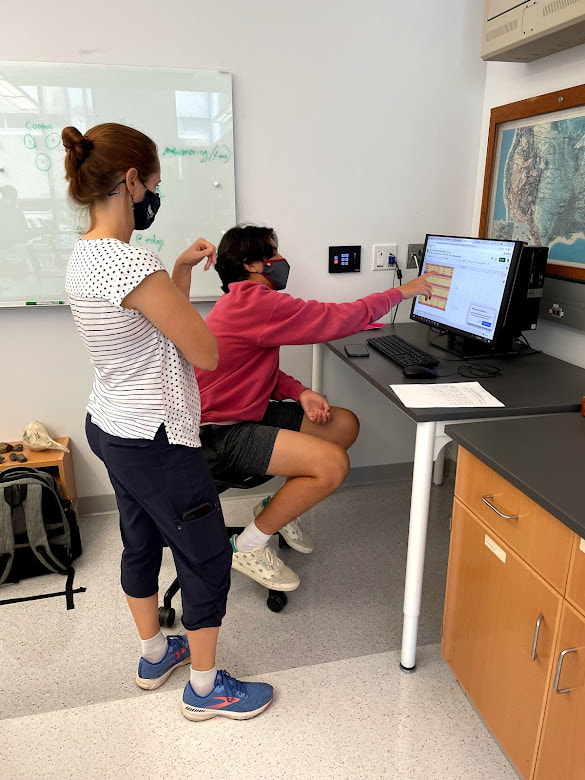
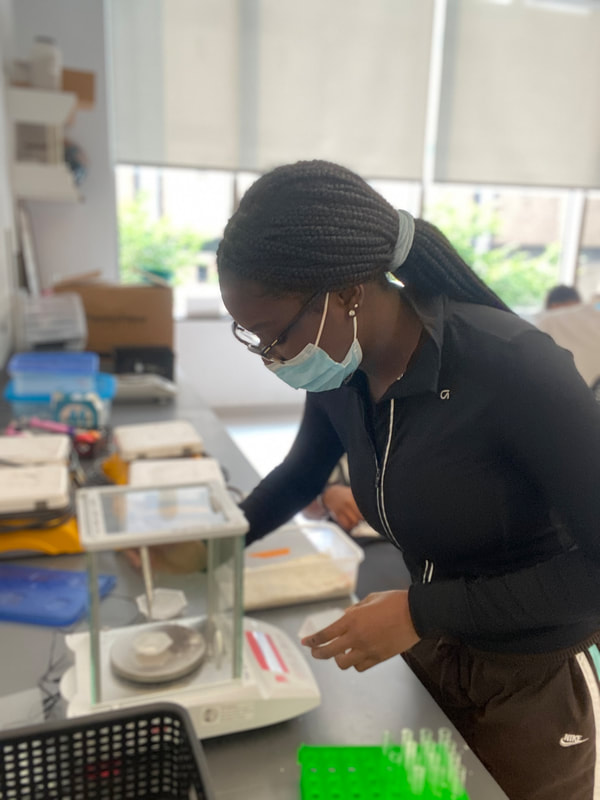
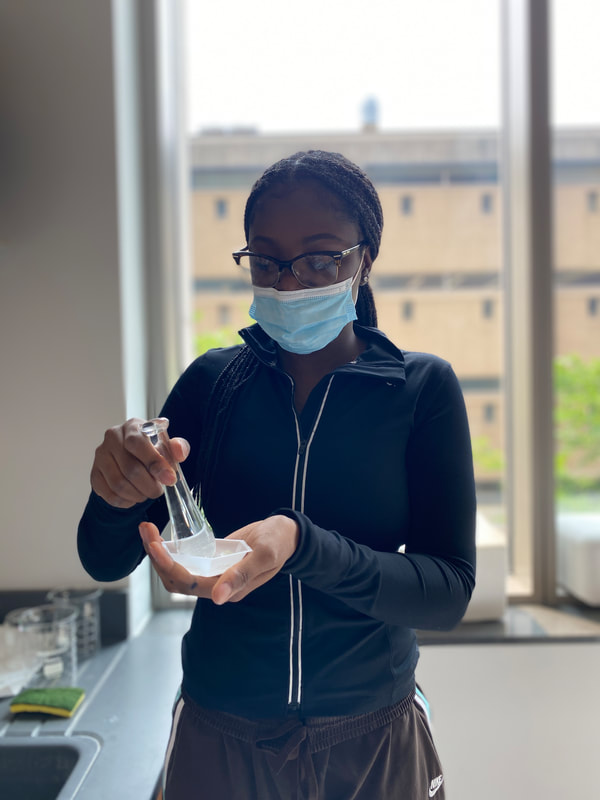
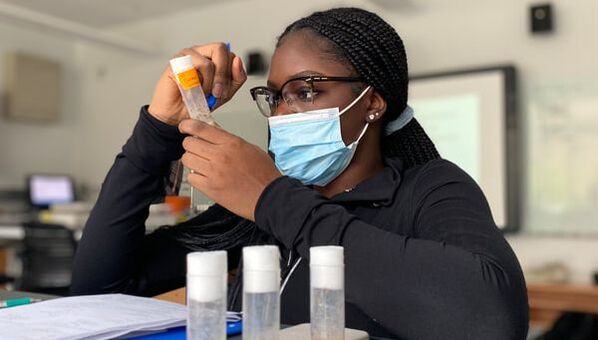
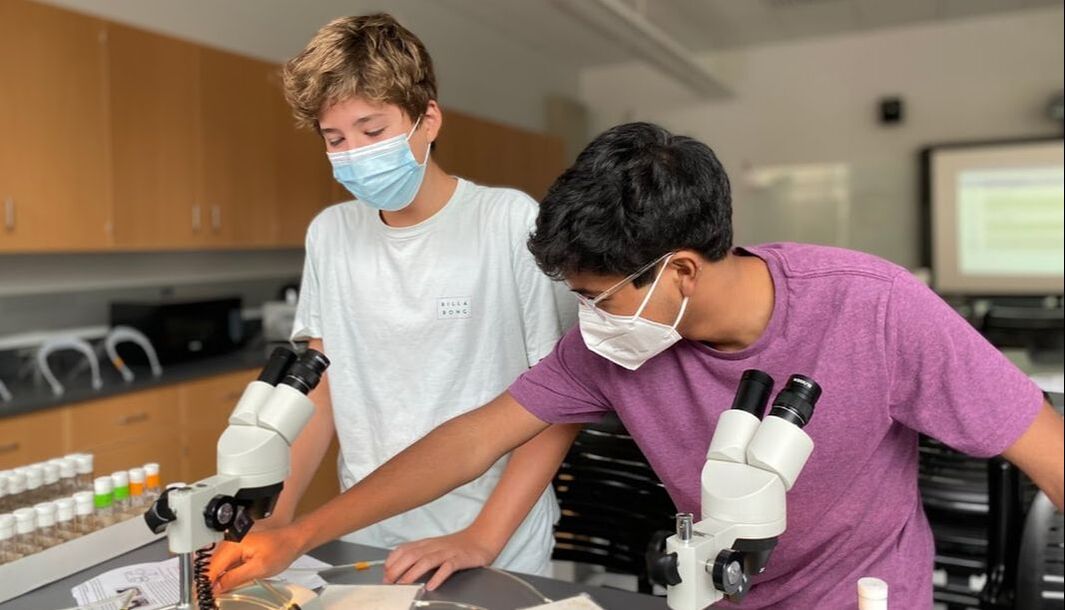
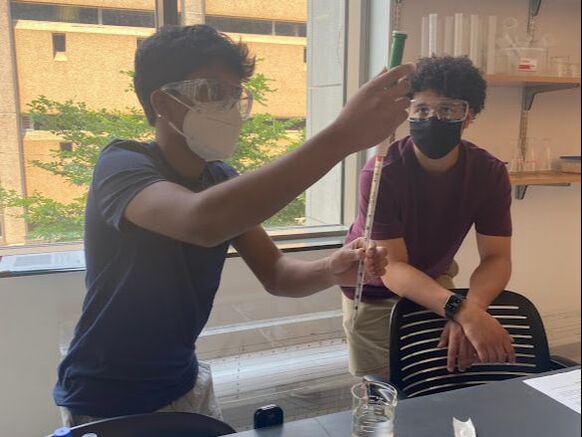
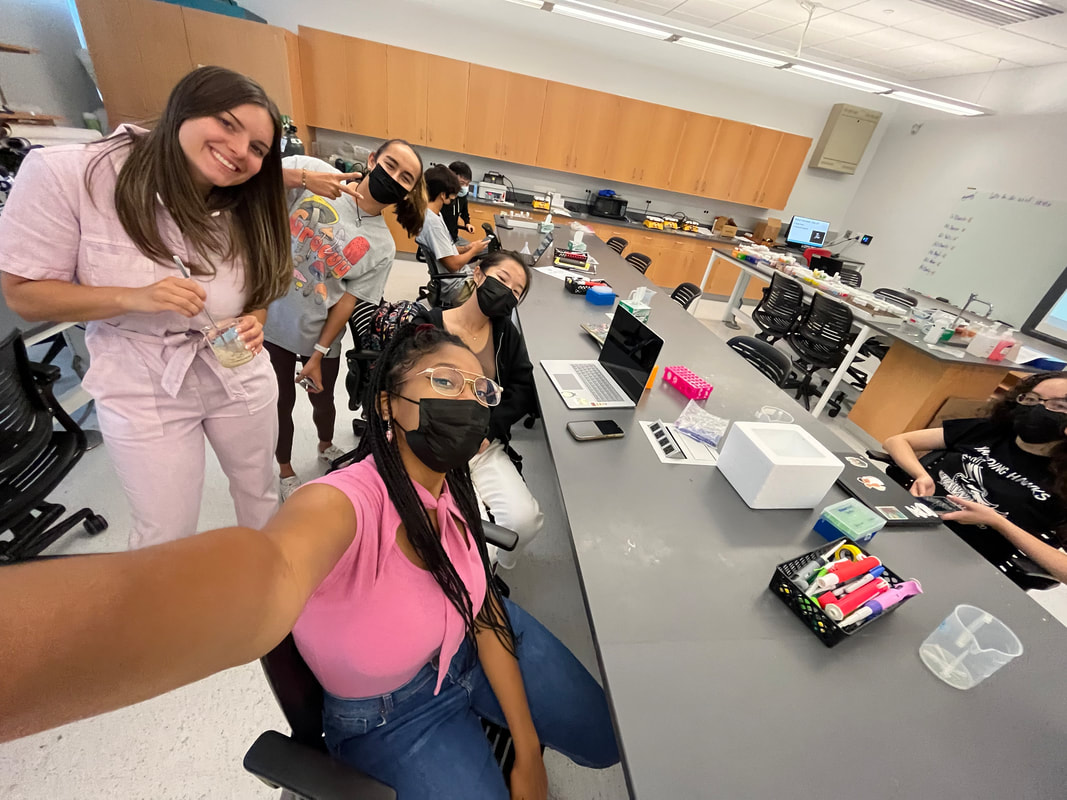
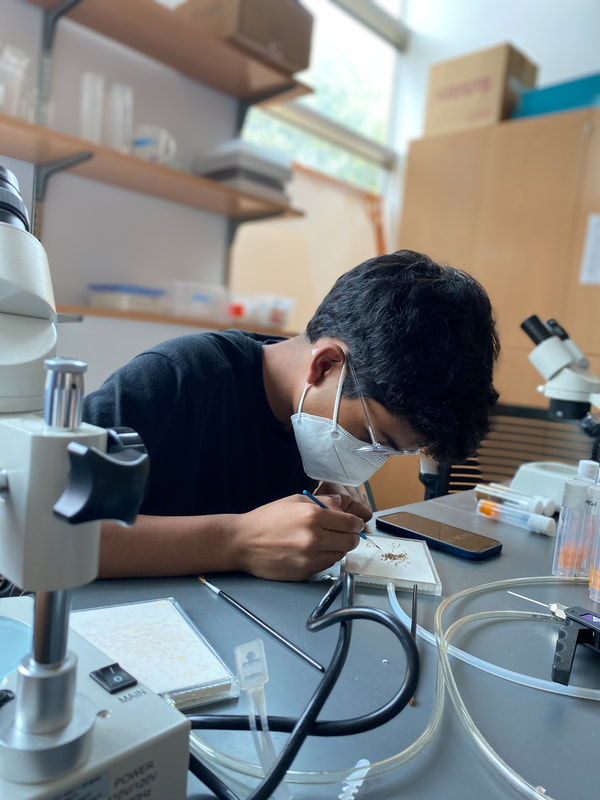
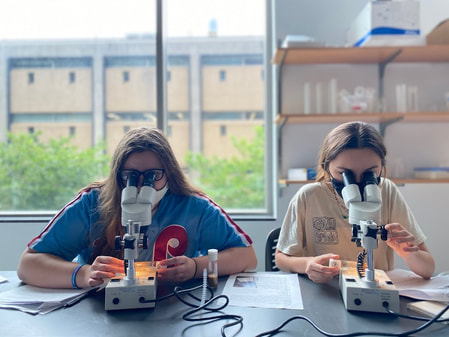

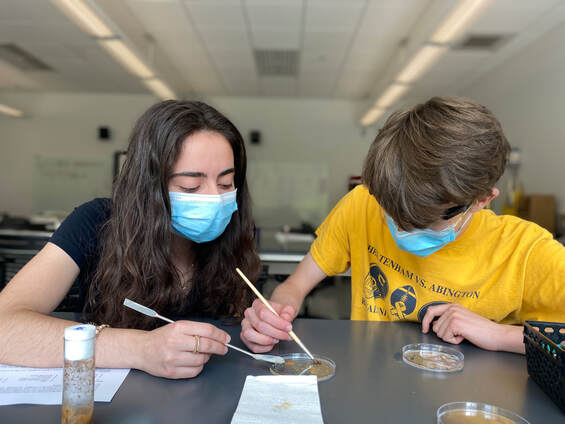
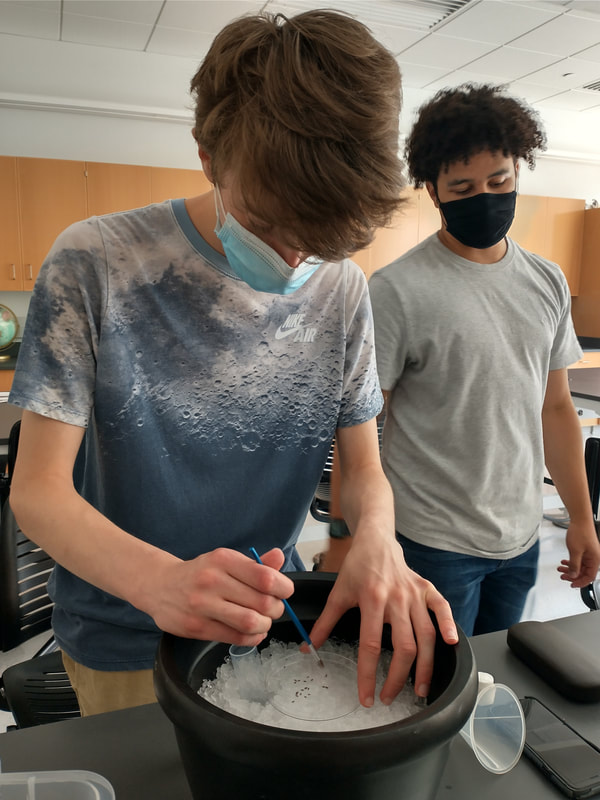
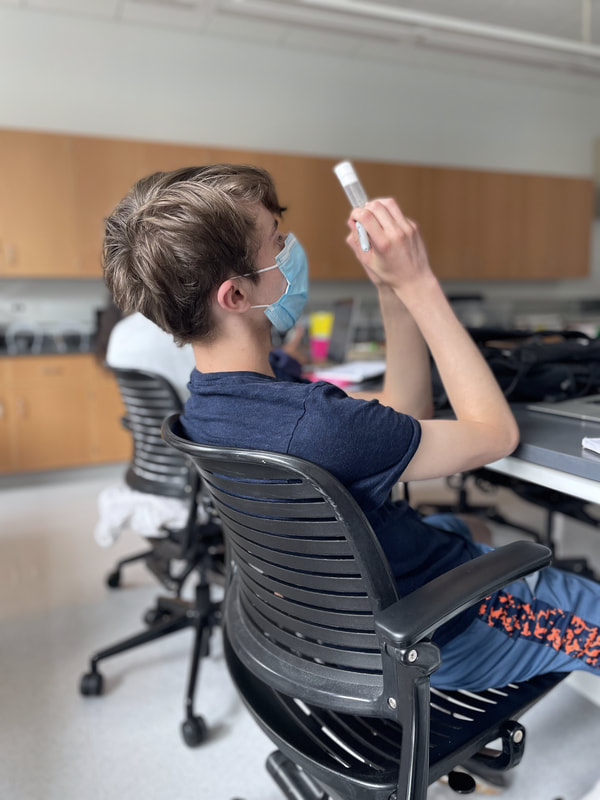
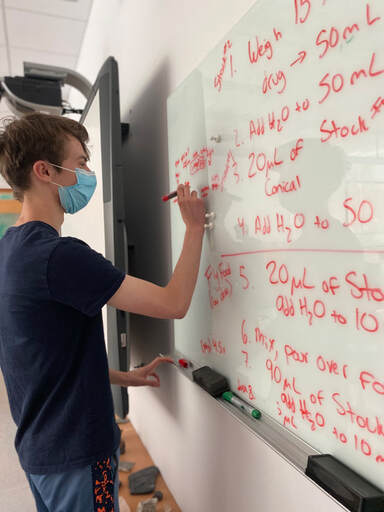
 RSS Feed
RSS Feed